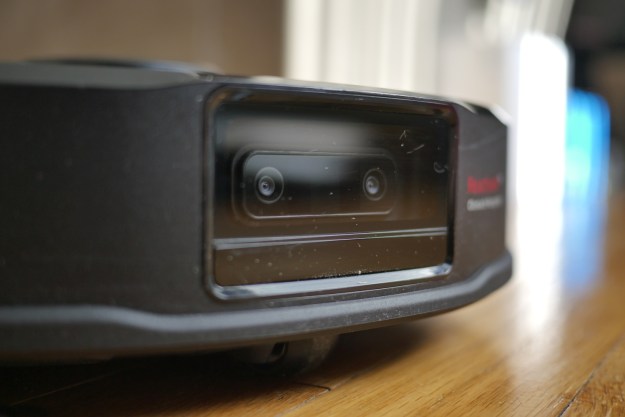Your side salad could be about to get a whole lot more high-tech, thanks to researchers at the U.K.’s University of Cambridge, who have developed an A.I.-powered robot that’s able to identify and pick iceberg lettuce. In doing so, it joins a growing (no pun intended) number of robots designed to help harvest fresh produce, ranging from strawberries to cucumbers.
“Lettuce, and iceberg specifically, is very challenging [as a problem to solve] as it grows flat to the ground and has a lot of leaf coverage so it is hard to physically harvest, and to do so without damaging any of the leaves,” Josie Hughes, one of the researchers on the project, told Digital Trends. “This means many traditional approaches to harvesting cannot be implemented for iceberg lettuce. It is also a very fragile and soft crop; it is very easy to bruise or damage, and iceberg are specifically prone [to this]. Due to these challenges, iceberg lettuce remains one of the key crops which is currently harvested manually.”
That is, of course, where the new lettuce-harvesting tech comes into play. The so-called “Vegebot” system pairs a robot for identifying lettuces using computer vision with a mechatronic system for physically grasping and cutting the lettuce without damaging it.
Human pickers don’t need to worry too much just yet, though. The robot is significantly slower at carrying out lettuce picking than human harvesters who can pick one lettuce in just a few seconds. There is hope for the lettuce-plucking bot in the future, however. The team plans to train it to identify only the ripest vegetables, which could reduce waste since currently entire fields are harvested at once, with unripe vegetables thrown away. A robotic harvester could harvest around the clock, and keep tabs on the ripeness of each individual piece of produce, returning to its location at the perfect moment to pick it. It could also be used as a data-gathering device to keep tabs on fields which produce the highest yield of produce.
“We have [already] had over 10 field trips iteratively improving the Vegbot and are now looking on how we could use online learning to improve both the physical and identification performance,” Hughes continued.
A paper describing the work, titled “A field‐tested robotic harvesting system for iceberg lettuce,” was recently published in The Journal of Field Robotics.
Editors' Recommendations
- Amazon’s Scout robot appears to have made its last delivery
- Check out this robot restaurant built for the Winter Games
- This spherical, BB-8 style robot is built to explore lava caves on the moon
- To build a lifelike robotic hand, we first have to build a better robotic brain
- Disney Research’s robotic eyeballs have a freakishly humanlike stare


